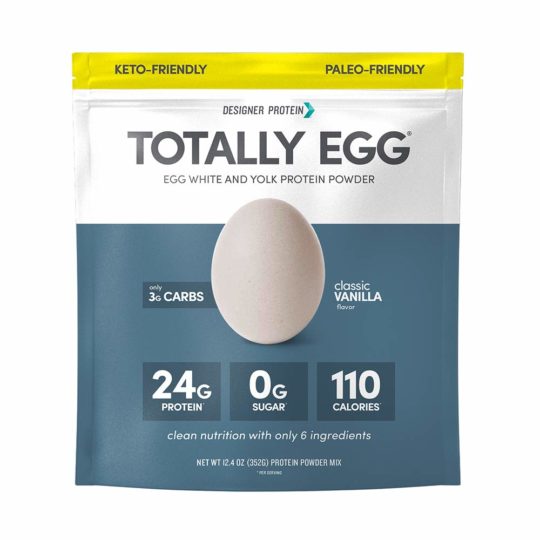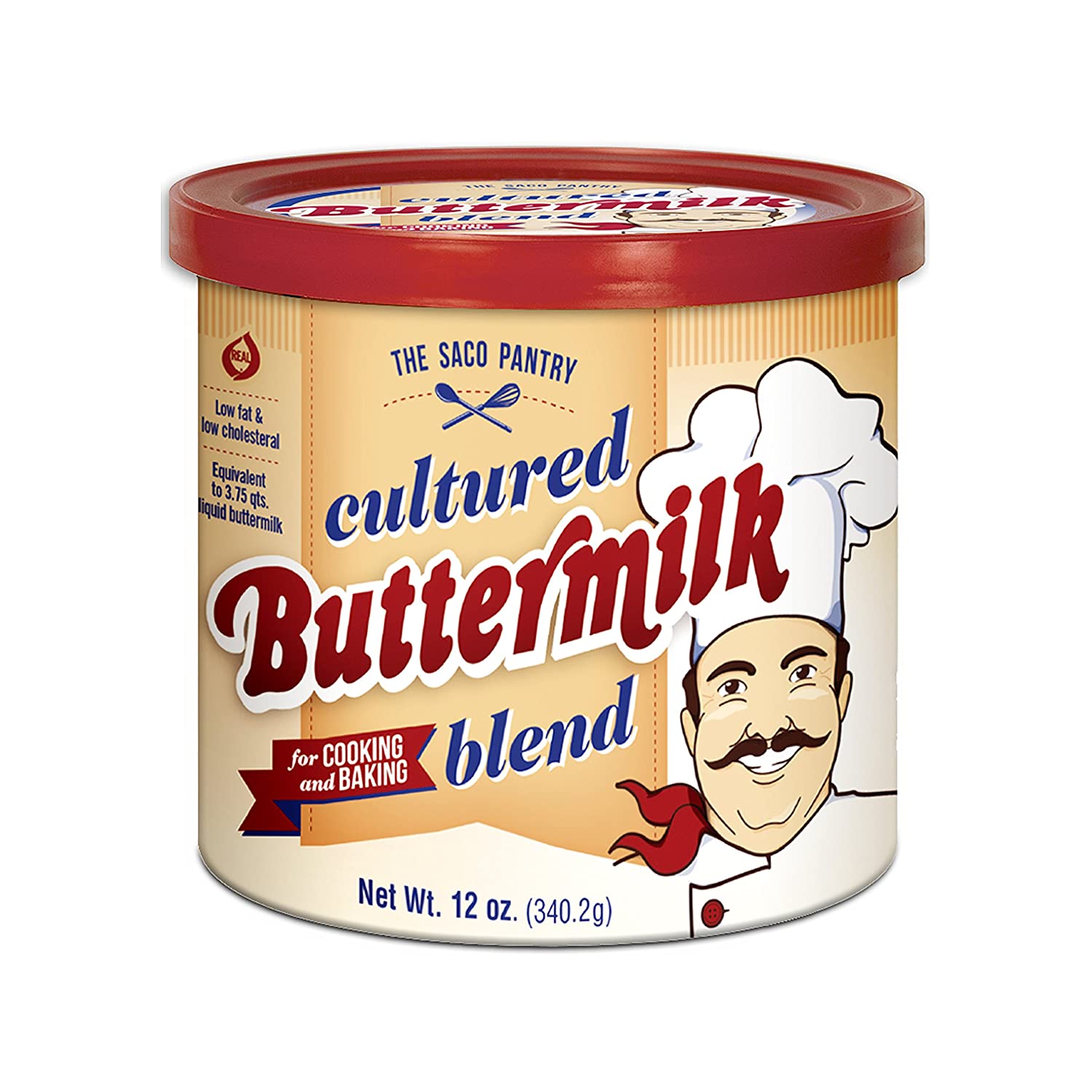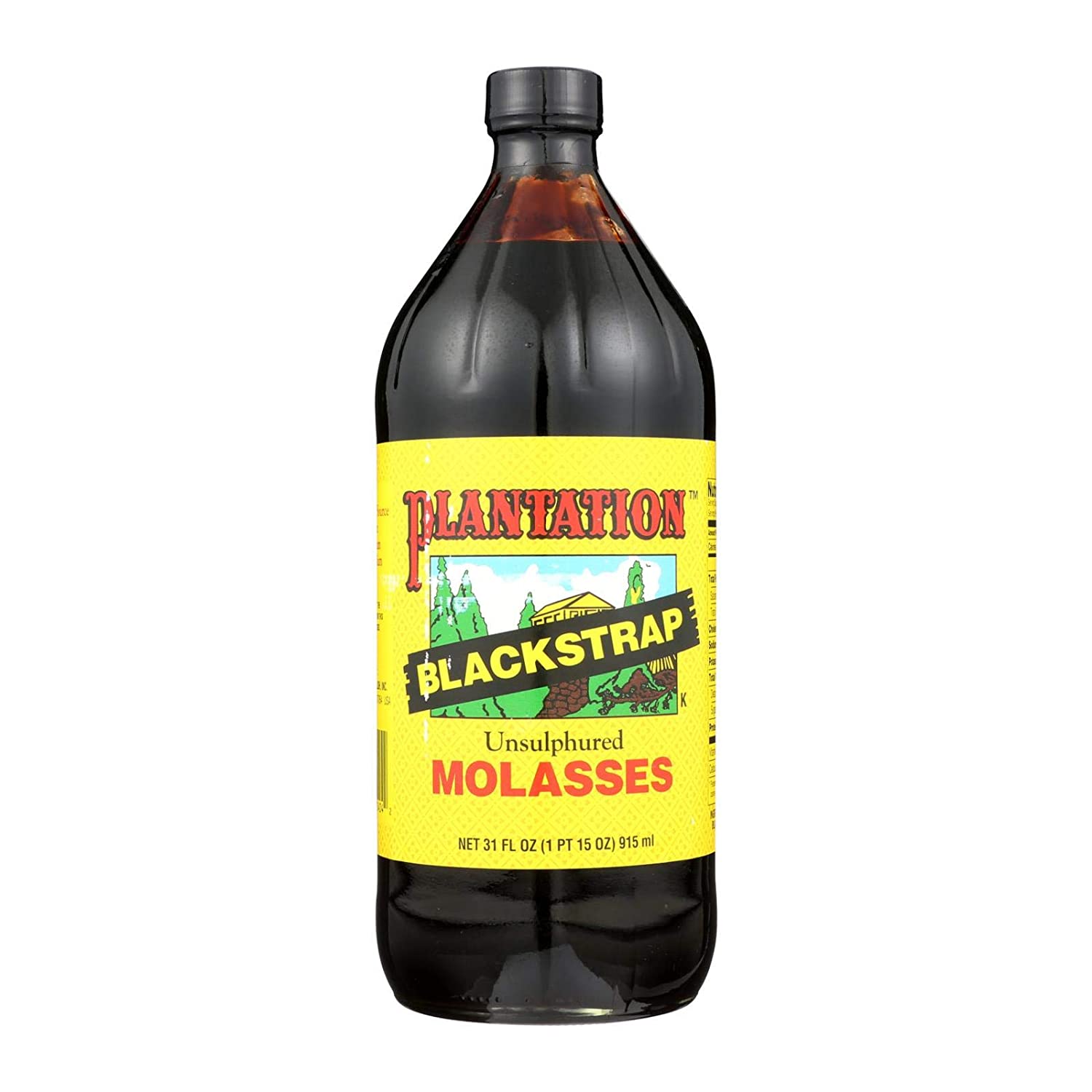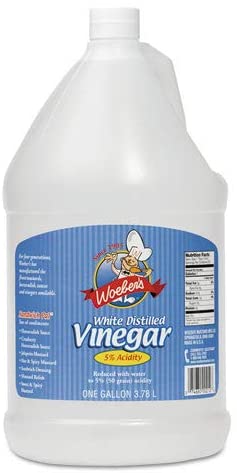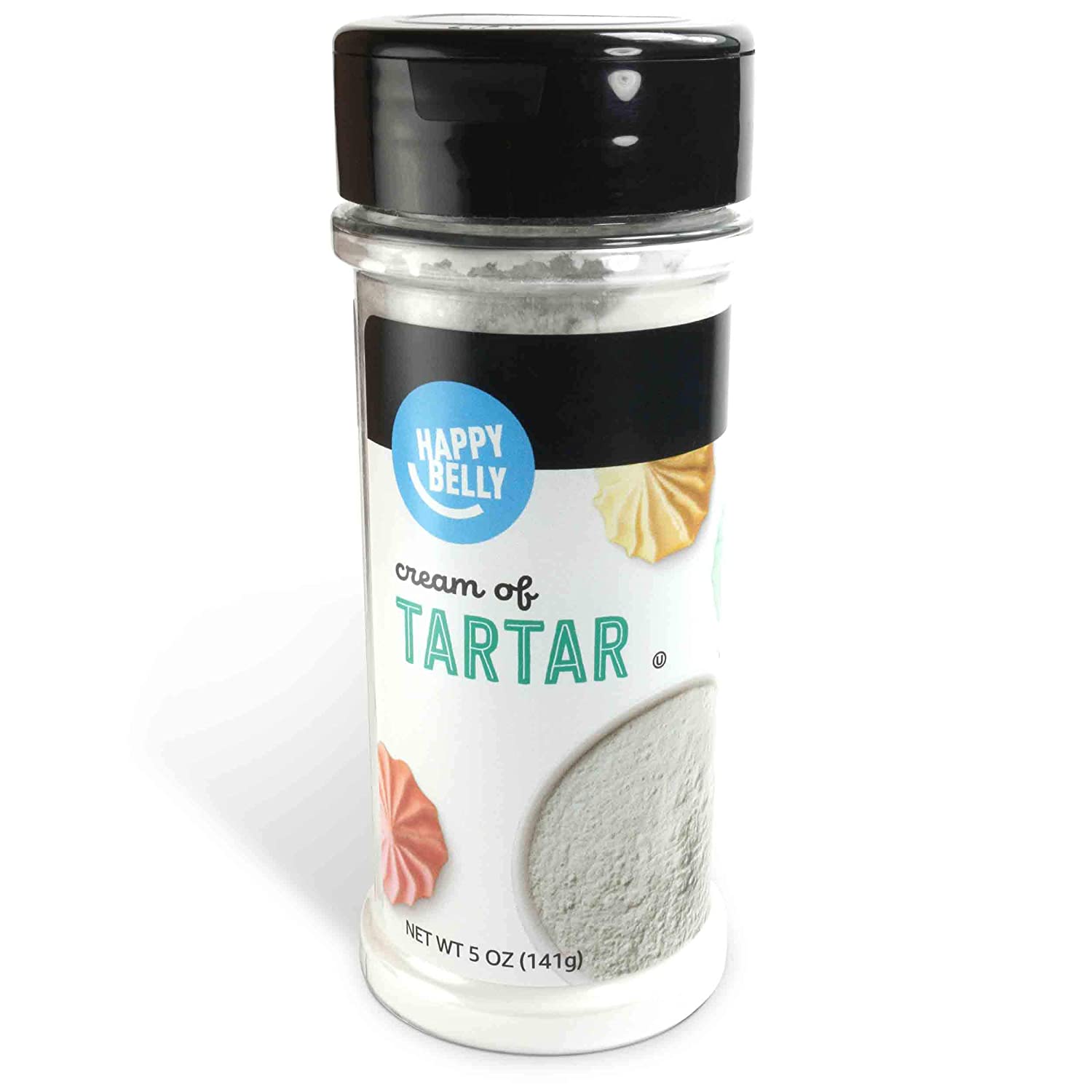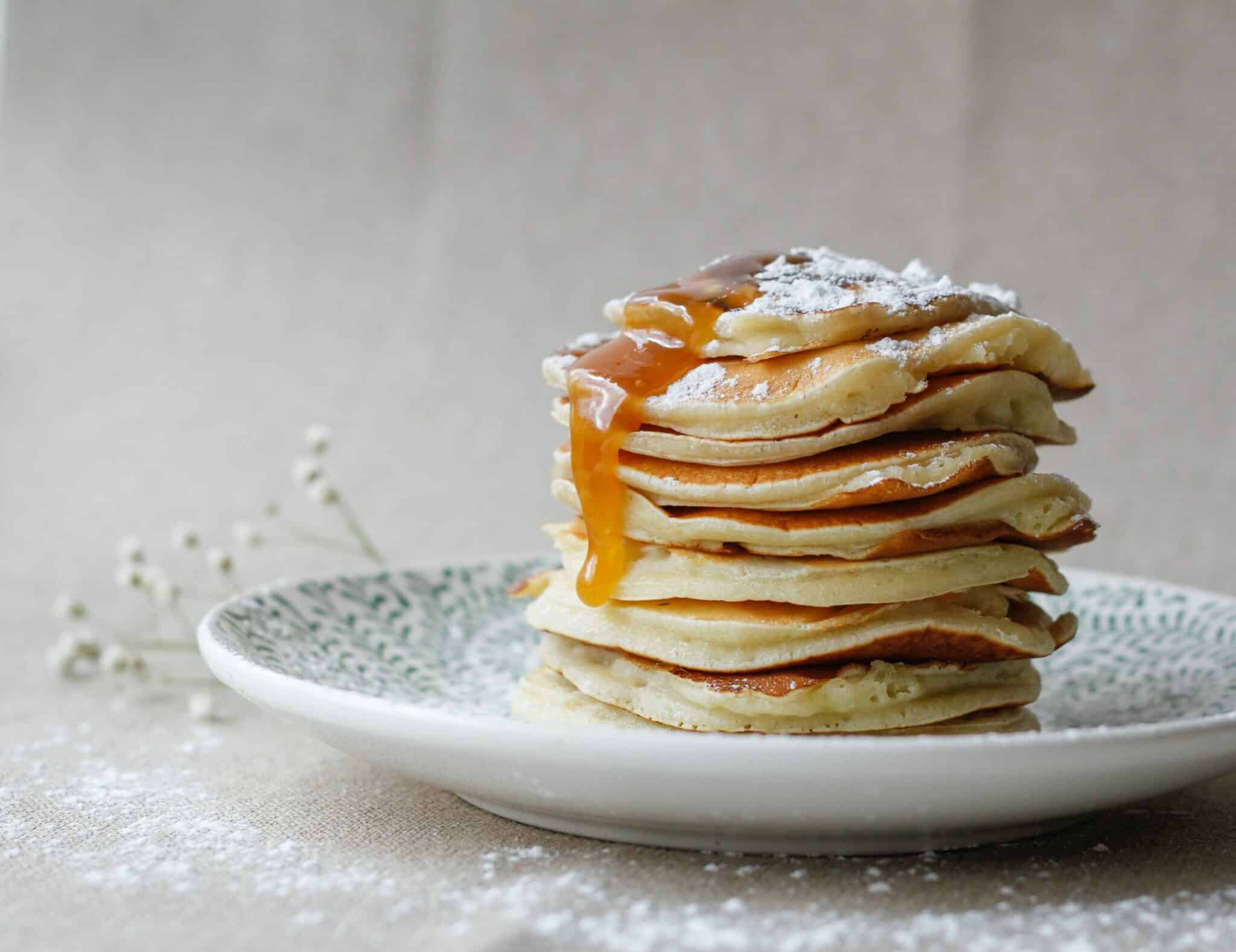Pancakes were very popular in ancient Greece and Rome. They were traditionally made during feasts as ceremonial food. Pancakes are famous round flat cakes taken as a meal or dessert. It is gotten by mixing all-purpose flour with other ingredients. This all depends on how the cook wants it. Different recipes can be used in preparing pancakes. Pancakes are mostly fried with oil or butter on a hot surface, such as in a frying pan or a griddle. The best frying temperature is 375 degrees.
Baking powder is one of the ingredients in making a pancake. This is a dry leavening agent used to lighten and increase the volume of baked and fried foods. It is a chemical mixture of carbonate or bicarbonate (usually sodium bicarbonate) and a weak acid salt. It was created as a substitute for eggs and yeast. Alfred Bird is the creator of the first modern version of baking powder. He made this formula in 1843 for his wife, who was allergic to eggs and yeast. Generally, baking powder has no taste at the tip of the tongue. However, as it travels to the back of the language, it becomes bitter.
Baking powder functions by releasing carbon dioxide into the batter or dough. This then causes an acid-based reaction manifested through causing bubbles in the mixture. It is this reaction that “leavens” the mix. Baking powder is used instead of yeast for foods that;
- Don’t require that “fermented” flavor
- Have batters that are unable to contain gas bubbles for more than a few minutes
- Do not need several minutes to rise.
- Baking powder functions in pancakes as a quick leavening agent. It makes it soft and fluffy.
Baking powder nutrition facts:
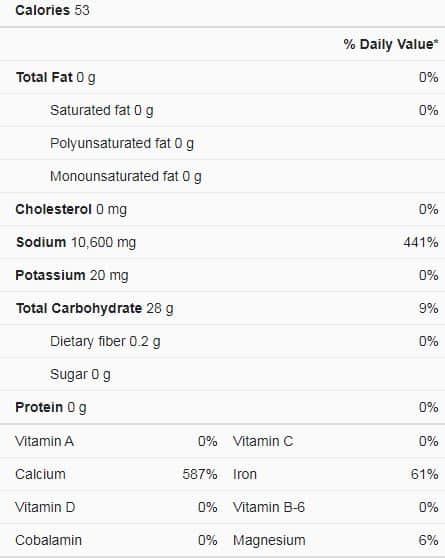
Use of baking powder in different types of recipes
Baking powder has a significant function of adding volume to baked or fried food. It is used in various pancake recipes such as;
- Danish Aebleskiver
- Irish boxty
- Moroccan Msemen
- Russian Blinis
- Scotch pancakes
Substitutes for baking powder
Whipped egg whites
Whipped egg whites are made by draining out the white part of a raw egg. Afterward, it is whisked at low speed to make it consistently whipped. This forces air into the egg white, thereby making it stretch and create bubbles. Whipped egg whites add volume to pancakes. It has a great capacity to foam, having a similar effect in the pancake as baking powder. Once you have whipped your egg white, you can proceed. Next, add your ingredients into it by folding them in. After you’re done, you’ll have a delicious plate of fluffy pancakes before you.
Butter milk
This ingredient is often compared to plain yogurt. Buttermilk is a popular substitute for baking powder. It is a fermented dairy product. Buttermilk has a sour, tangy taste and is also acidic. Its acidic nature makes it a perfect substitute for baking powder when combined with baking soda. This, in return, adds volume to the pancake batter. Because buttermilk is a liquid, it is necessary to reduce the other fluids required in the recipe. This will help you maintain your desired consistency.
Molasses
Molasses has an acidity level that can cause an acid-base reaction when combined with baking soda. It is a sweetener gotten from the by-product of sugar. This makes it a substitute for refined sugar. When using molasses, you will need to reduce the amount of liquid and sweetness in your recipe. Molasses are another great substitute for baking powder. As a substitute, you will need 84g of molasses and 1g of baking soda. This will give you the same effect baking powder will give your pancake recipe.
Vinegar
Vinegar is known for its robust and unique flavor. It is made by fermenting alcohol and converting it to acetic acid using bacteria. This ingredient is popular in the cooking world. It is used for both cooking and baking. Vinegar is an excellent flavourful substitute for baking powder.
Just like the other ingredients I have listed above, vinegar works the same way. When combined with baking soda, it produces a leavening effect. You can make use of any vinegar. But it is best advised to use white vinegar. This is due to its neutral taste and color. Also, you won’t be worried about it, adding extra color to your pancake. Vinegar is a liquid. So you will need to reduce the number of other liquids in your mix.
Read More: Substitute for Eggs in Pancakes
Cream of tartar
Another name for the cream of tartar is potassium hydrogen. This is an acidic white powder obtained as a by-product of winemaking. It functions to prevent the formation of sugar crystals. It is also used in stabilizing egg whites and creams as well. This ingredient serves as an excellent substitute for baking powder.
Cream of tartar can easily be found in spice aisles of most grocery stores. It is an excellent substitute for baking powder. When substituting cream of tartar to baking powder, it should be done at a 2:1 ratio (i.e., two rations of cream of tartar where one ration of baking powder is required).
Frequently asked questions
How do you make baking powder?
You can make baking powder by;
- Mixing 1part baking soda to one part corn starch and
- 2 parts cream of tartar, e.g., ¼ tsp baking soda +1/2 tsp cream of tartar + ¼ tsp of corn starch = 1 tsp homemade baking powder.
What is the secret to fluffy pancakes?
The secret to fluffy pancakes is chemical leaveners, e.g., baking powder. It helps to soften and lighten your pancake dough. The end product becomes a fluffy pancake.
Can I use baking powder in pancakes?
Yes. Baking powder is used to make your pancake soft, light, and fluffy. And you can change the measurement based on the amount you are about to make.
Conclusion
A lot requires baking powder of recipes. But sometimes, for one reason or another, the baking powder may not be available at that point. This, therefore, brings the need to search for alternatives to this vital ingredient. This article has provided suitable substitutes for baking powder in pancakes. I hope you found this helpful.
